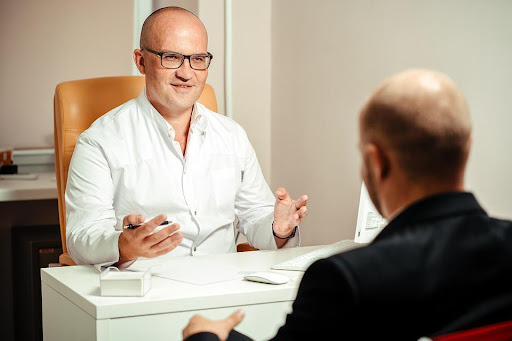Health Insurance vs. Medical Insurance: Clearing Up the Confusion
When it comes to keeping your loved ones safe, knowing your insurance choices makes all the difference. Still, many people stumble when they hear the phrases “health insurance” and “medical insurance.” Do those labels cover the same ground, or do they guard against different risks?
With so many policies on the market, the whole topic can feel like a maze. This brief guide walks you through each term in plain language so you can feel sure when you finally choose a plan.
What Is Health Insurance?
Health insurance offers wide-ranging help for nearly every corner of your well-being. A typical policy pays a share of clinic visits, hospital rooms, operations, prescription drugs, mental health sessions, and routine screenings. That reach lets you handle planned check-ups and sudden illnesses without wiping out savings. By covering yearly physicals, vaccines, and early-detection tests, health insurance doubles as a long-term partner in staying fit.
People who ask for “good health insurance” want a plan that mixes everyday care with strong protection against surprises, spreading costs through steady premiums and modest copayments. The right policy also guards you against large bills that could threaten savings or delay care.
What Is Medical Insurance?
Medical insurance has a tighter focus: it steps in mainly when you are already sick or hurt. Coverage starts once you are admitted to a hospital or booked for surgery and follows you through recovery. It can soften large treatment bills but often skips preventive visits and counseling. Many older or budget plans sit in this category.
Medical insurance may spare you from crushing costs during a crisis, yet you will likely pay expenses yourself. That trade-off suits people who prefer lower premiums and can shoulder day-to-day health costs, but only if they read every limit and exclusion before signing. Because benefits activate only after illness strikes, some call it catastrophic coverage, a reminder that it is meant to handle the worst-case scenario.
Why the Terms Get Confusing
Language is the main culprit behind the mix-up. Friends, news outlets, and even insurers toss both words around as if they were interchangeable, blurring any difference. Newer products cloud matters further by pairing preventive perks with emergency cover.
Marketing campaigns, eager to stand out, often invent fresh labels that sound reassuring yet reveal little, adding another layer of uncertainty for shoppers. Because a title no longer reveals much, dig into the benefit list, study the exclusions, and ask direct questions. Spending a few extra minutes now can save you from surprises later, especially when your health and budget are on the line.
Choosing the Right Plan for You
The best plan depends on your health goals, monthly budget, and comfort with risk. If you want steady doctor visits, prescriptions, and early alerts, full health insurance may justify the higher premium. If you worry mostly about rare but costly shocks, medical insurance could work while keeping monthly costs down.
A seasoned insurance agency can compare features, highlight gaps, and match a plan to your lifestyle. Check network rules, waiting periods, and out-of-network penalties because those practical points matter just as much as the headline price. Whatever you choose, learn the terms so you are never caught off guard.
Conclusion
Health insurance and medical insurance sound alike, yet the help they deliver can differ sharply. Know where each excels and falls short, read the details, and ask every question. A little homework today can avert panic tomorrow and let you feel secure when life doesn’t go as planned. With the right knowledge, you can protect your health, guard your finances, and rest easy for years to come and beyond.








